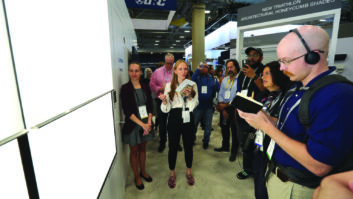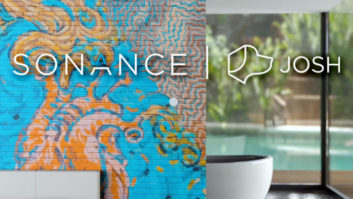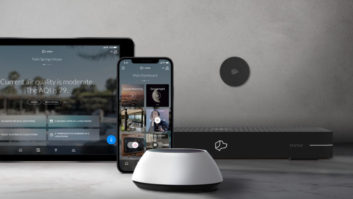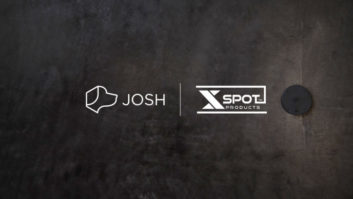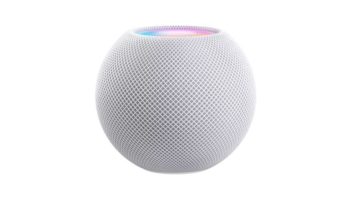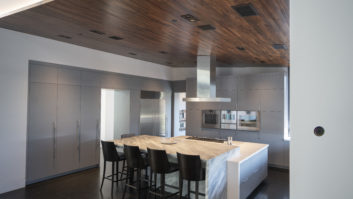When you think of Josh Micro, a lot of words may come to mind, but “intrusive” is not one of them. Interior designers, however, would beg to differ according to Josh.ai CEO Alex Capecelatro, who says that the company has had requests for a smaller version of the device.
Josh.ai has responded with the dual launch of Josh Nano and Josh Core, announced in a company keynote today. Josh Nano is, according to the company, the world’s first architectural microphone and Josh Core is the processor that sits in a rack and does all the thinking so Josh Nano can be its tiny, near-invisible self.
“We believe that technology doesn’t need to look cluttered,” says Capecelatro. “Voice control allows us to streamline and simplify the mess of what’s going on with multiple control panels. With voice commands, you don’t need to have physical switches for all you want to do in a room. We are trying to move the technology field forward along with the design field.”
In addition to designer demand, the creation of Josh Nano was also inspired by the latest versions of smart speakers from Amazon, Apple, and Google — all of which recently introduced models that were larger than their predecessors. “These products have done a lot to help create demand for voice control,” says Capecelatro, “but they’ve also created a conversation around privacy data and, more than that, these devices in our opinion are not the right aesthetic for what voice control in the home should be. Plus, we’ve realized that it’s hard for an integrator to sell a high-end luxury voice control assistant that looks like a mass market assistant.”
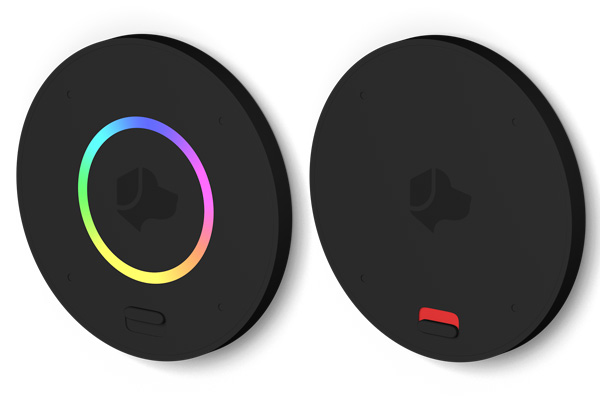
Josh Nano certainly breaks that mold. Essentially, it removes the speaker from Josh Micro (which will still be available to dealers), using the home’s audio distribution and built-in speakers to provide Josh.ai’s responses. Measuring only 0.1 inches thin and 1.6 inches in diameter, Josh Nano is installed flush on a wall for a minimal footprint. It comes in coral white or jet black and has an optional paintable cover to make it practically invisible.
On Josh Nano itself, you will find a four-microphone array, a privacy switch that physically disconnects the microphones when toggled (security is always a priority for Josh.ai), and a capacitive touch sensor for contextual touch control. There is also a full RGB LED light ring that disappears when not in use, and a remote temperature sensor that can be used to trigger advanced automations.
“A four-microphone array allows us to beamform in a much more accurate way,” says Capecelatro. “If, say, someone’s giving a command off to the right of Josh Nano and there’s a TV playing on the left, the left microphones can essentially noise-cancel the background sounds while the right microphones are focused on the user. This is a better performing microphone, even though it’s a lot smaller.”
Josh Nano has a single, PoE wire that connects it to Josh Core, which acts as the central brain, communicating with all of the connected devices and localizing control processing. For verbal responses to commands, Josh Core uses Josh.ai’s proprietary VoiceCast and VoiceLink technologies to speak back to clients through their home’s speakers.
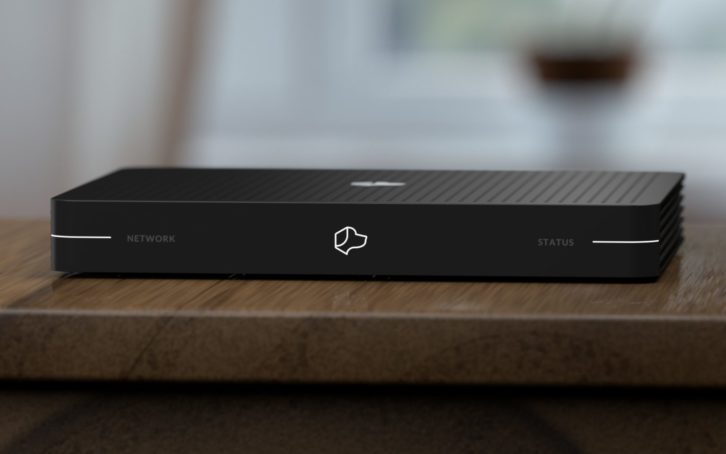
Like Josh Nano, Josh Core features a minimalist design that would look welcome in the room, but will more than likely live in a rack (Josh.ai has partnered with Middle Atlantic Products on a shelf). Two Josh Cores can be daisy-chained together for redundancy, and the back panel features two voice-out ports.
“We did two different voice-outs in case of the rare instance of people in two separate rooms giving two commands at the exact same time,” says Capecelatro. “If we only had one voice out, it would have to do one and then do the other one, so this allows you to have no delay. The reality though is the switching time is less than a second, and the likelihood that two people give a command at exactly the same time is low.”
Josh Core back panelBoth products are able to be pre-ordered now, with Josh anticipating shipping in early 2021.
Ultimately, Josh Nano and Josh Core were designed with simplicity in mind. “We really think the Holy Grail of the smart home is to make things invisible,” concludes Capecelatro. “You just walk in a home and you get the command. You say, turn on the lights, play some music, open the shades. That’s really the way to go.”
For more information, visit www.josh.ai.
This article originally ran on residentialsystems.com
See also: CEDIA Expo 2020: Josh.ai Debuts New Fiji OS, Integrations And Features






